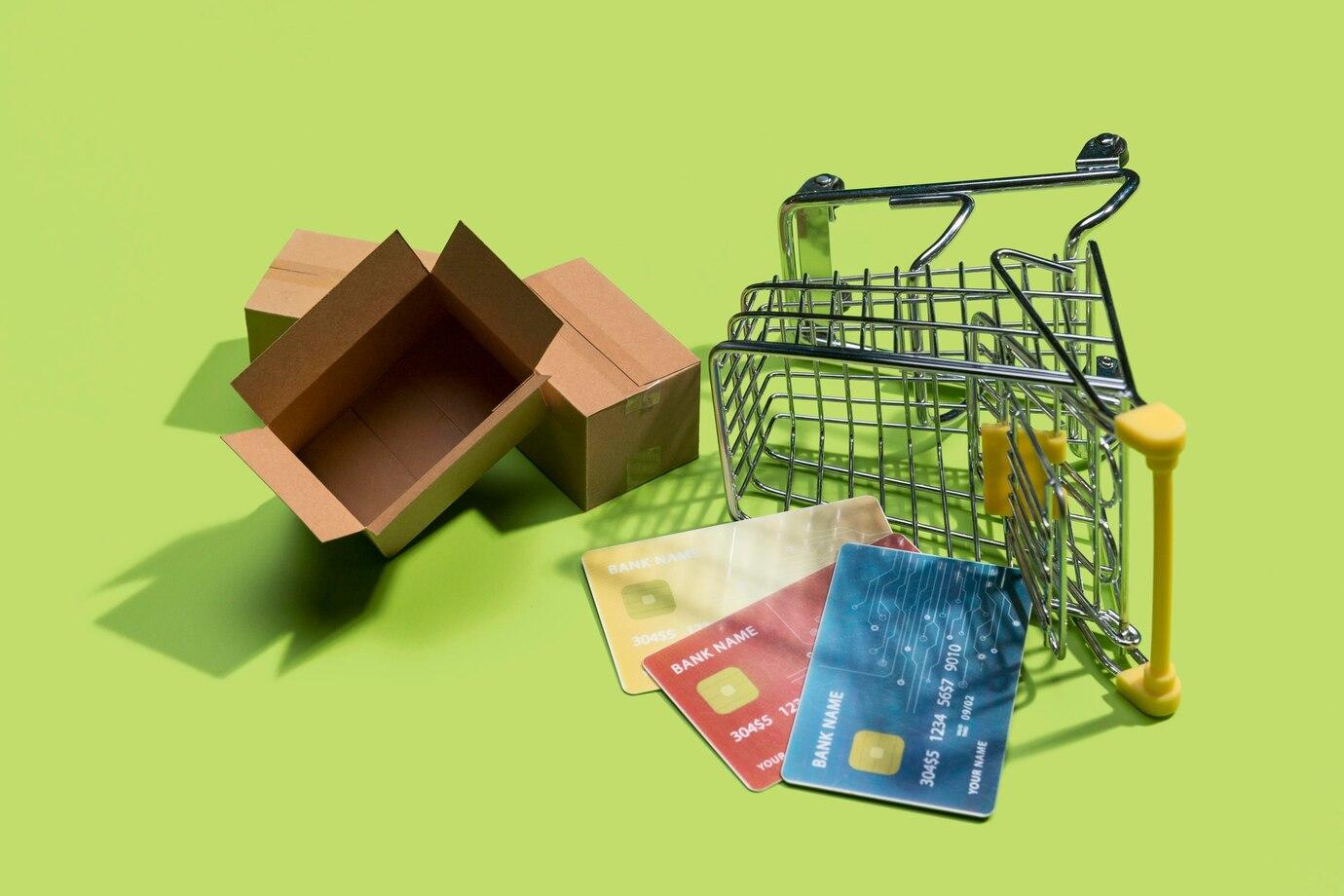The modern market intensifies competition among sellers and buyers, but it also creates favorable conditions for scammers. Marketplaces such as Avito, eBay, OLX, and others have become targeted platforms for various fraudulent schemes. Let's examine the most common ways of deception, consider situations in which users risk losing their money, and learn how to avoid scammers' traps.
Fraud on Marketplaces
Fraud on marketplaces involves deceptive actions aimed at extracting money from platform users. The main schemes include fake ads, price manipulations, scam projects, and the creation of fake accounts. All of this creates an unfavorable atmosphere for honest buyers and sellers.
Scammers act by exploiting users' trust. They may pose as reputable sellers, but in reality, their goal is to deceive the buyer. Most often, fraudulent schemes arise in the following situations:
- Fake goods. A scammer posts an ad with an attractive offer for a product that doesn't exist.
- Prepayment. Sellers demand prepayment, and after receiving the money, they disappear.
- Fake reviews. False positive reviews create an illusion of reliability, thereby attracting new clients.
Knowing about these schemes can significantly reduce the risk of becoming a victim of scammers.

Scams on Avito: How to Recognize a Trap
Avito is one of the most popular services for selling goods in Russia. However, the high traffic to the site also attracts unscrupulous people. Let's consider the main deception schemes on this resource.
One of the common schemes is fake ads. Scammers create posts with enticing offers at low prices. Usually, these are products that are very difficult to find or are out of stock. Scammers post several ads for the same product to catch a victim.
How to avoid deception? First of all, check the seller's information. Look at their profile – how many positive reviews they have and how many transactions they have completed. If the seller has just started their activity, it may be a warning sign.
Request for payment through third-party services
Another frequent scheme is a request to pay for the product through third-party applications or bank cards. For example, a scammer may offer to pay for the purchase through a site that looks like Avito but is actually a fake. Don't trust such requests, as in most cases, it leads to a loss of money.
Fake photos and product descriptions
Some scammers use non-existent products, adding quality photos and detailed descriptions to the ads. However, the real characteristics may differ significantly from what is presented. Before buying a product, we recommend requesting additional photos and videos to verify its availability.

OLX Scams: Popular Schemes and How to Avoid Them
OLX is an international platform that allows users to sell and buy various goods. Despite its reputation as a safe resource, OLX also encounters various fraudulent actions.
Scammers often post ads with products at extremely low prices, which seem too good to be true. It's better to avoid shocking discounts or sales.
Fraud can occur not only from sellers. Sometimes scammers create fake accounts to buy a product and then return it for money. They may even pose as representatives of large companies.
To avoid misunderstandings, it is recommended to communicate through the official chat on the platform, not through personal channels. This way, you leave a trace that can help if necessary.

eBay Scammers: How to Protect Your Funds
eBay is one of the largest online auctions in the world, but it also has its fraudulent schemes. Fake sellers disappearing with money, deceived buyers, and fake products are just a few of the problems.
Some scammers create fake auctions, luring with enticing products and low starting prices. In the process, they manipulate bids, creating the illusion of competitive bidding, and ultimately win themselves without offering a real product.
Scammers may suggest using unofficial payment systems, leading to a loss of funds. When buying on eBay, always use official payment options, such as PayPal, which have buyer protection.
Scams on Classified Boards: How to Recognize
Classified boards create a convenient platform for trading, but they can also pose a danger. Sometimes users encounter unethical sellers who deceive them in various ways.
One of the tricks of scammers is creating fake reviews. Such reviews may seem quite plausible, but if you notice many positive reviews in a short time from new accounts, it may be a warning sign.
Pay attention to the words used to describe products. If reviews are full of enthusiastic comments without specifics, it's a reason to be wary.

How Not to Fall for Scams on Marketplaces
Preventing fraud starts with awareness. Below are some recommendations that will help protect you from deception.
Verify the seller
Before buying, always check the seller's account. Find out how many transactions they've had and what their reviews are. Avoid buying from newcomers without verified sales.
Be cautious with payments
All transactions should go through official channels. Never send money to cards or through third-party apps. Use the built-in payment systems offered by the platform.
Research the product
Before making a purchase, thoroughly research the product. Compare its price on different resources to ensure it's a fair offer. Request additional photos and details about the product.
Fraud schemes on marketplaces pose a serious threat to users. By learning about the types of fraud and ways to protect yourself, you can avoid negative experiences. Be attentive and cautious when making purchases, don't trust offers that are too enticing, and always verify information. Marketplaces can be safe for shopping, but only if you approach the process responsibly and consciously.


